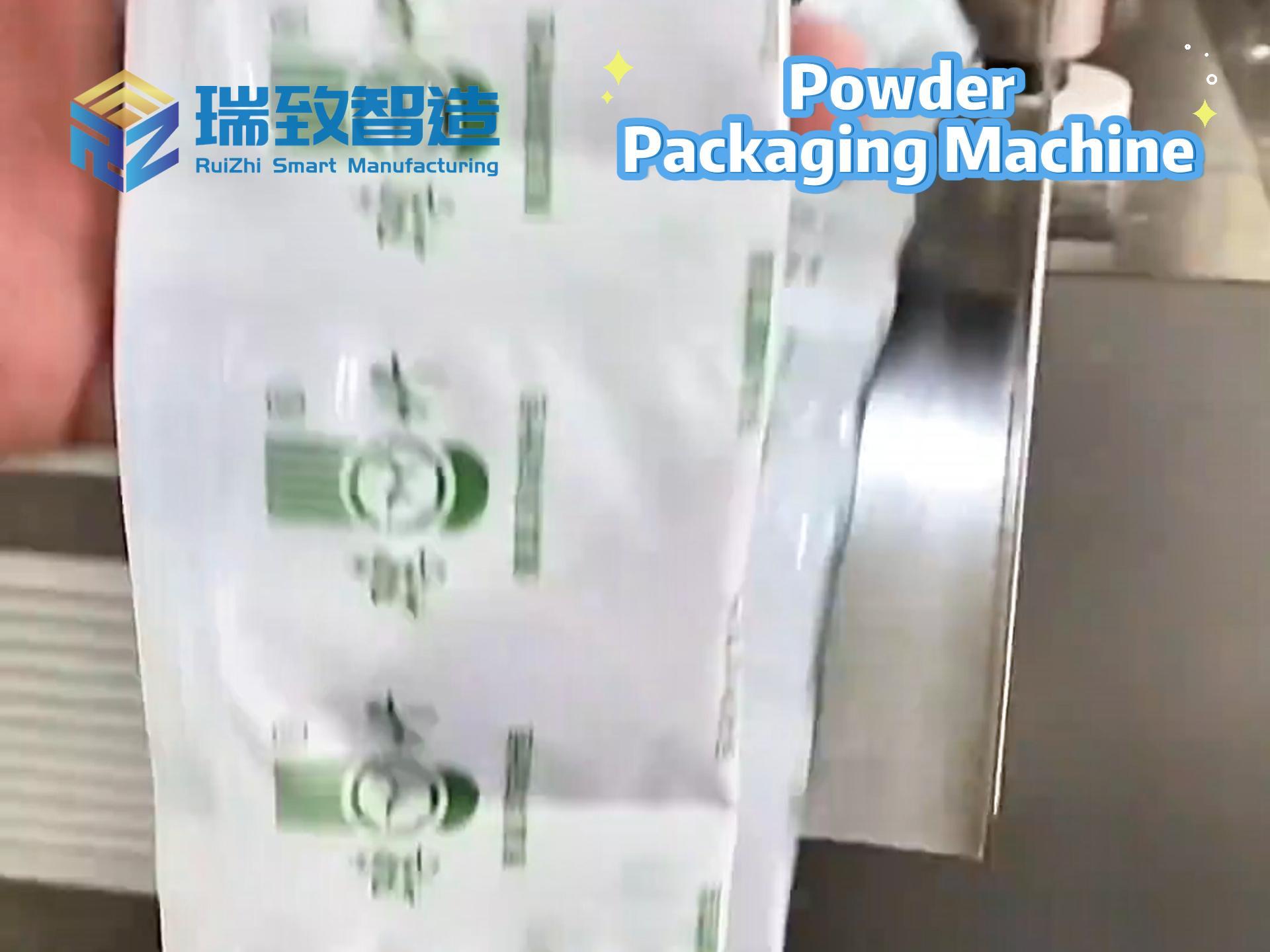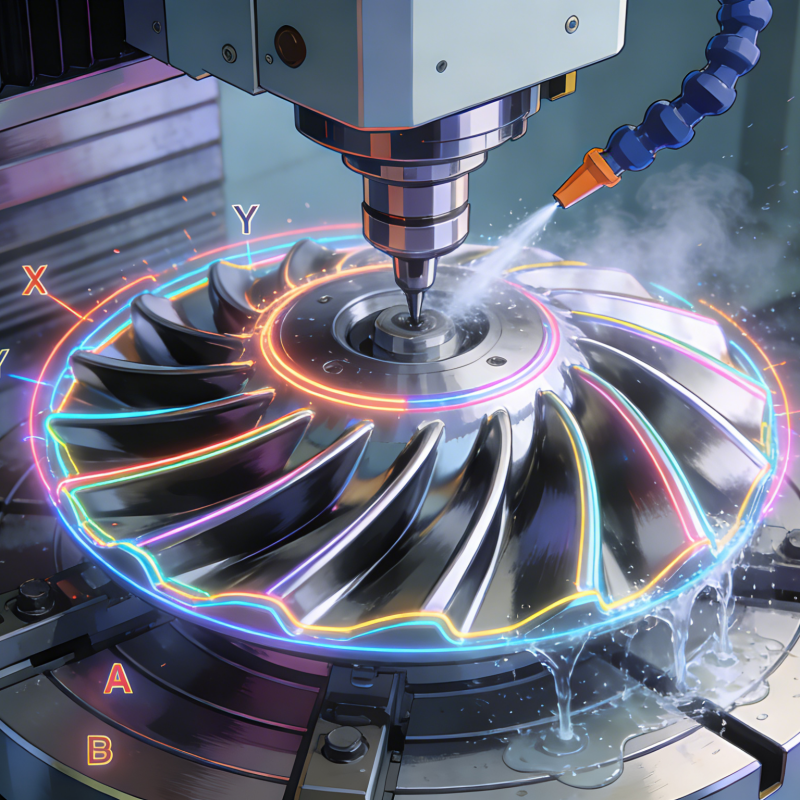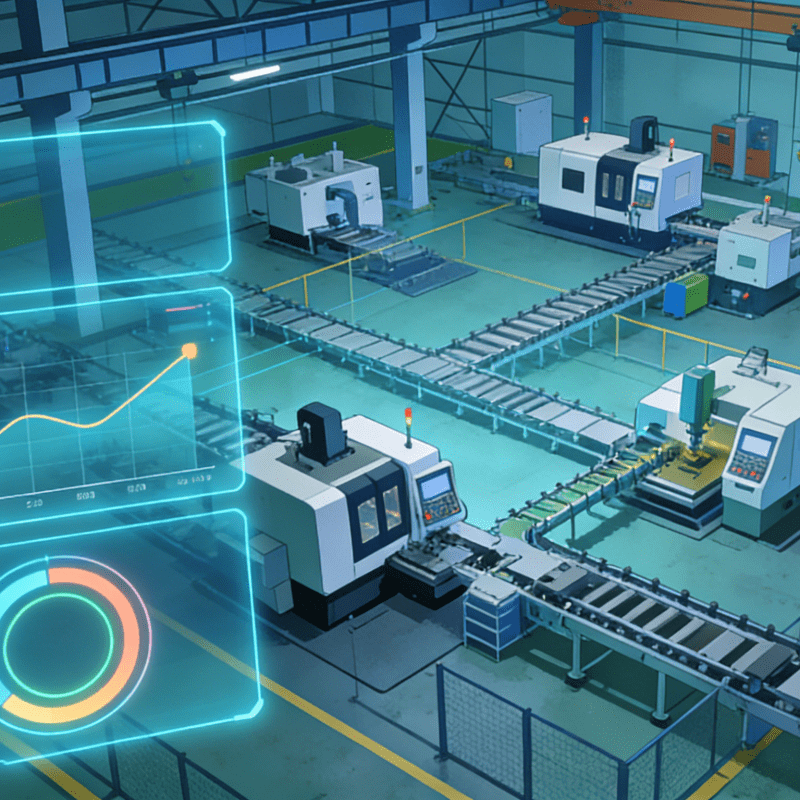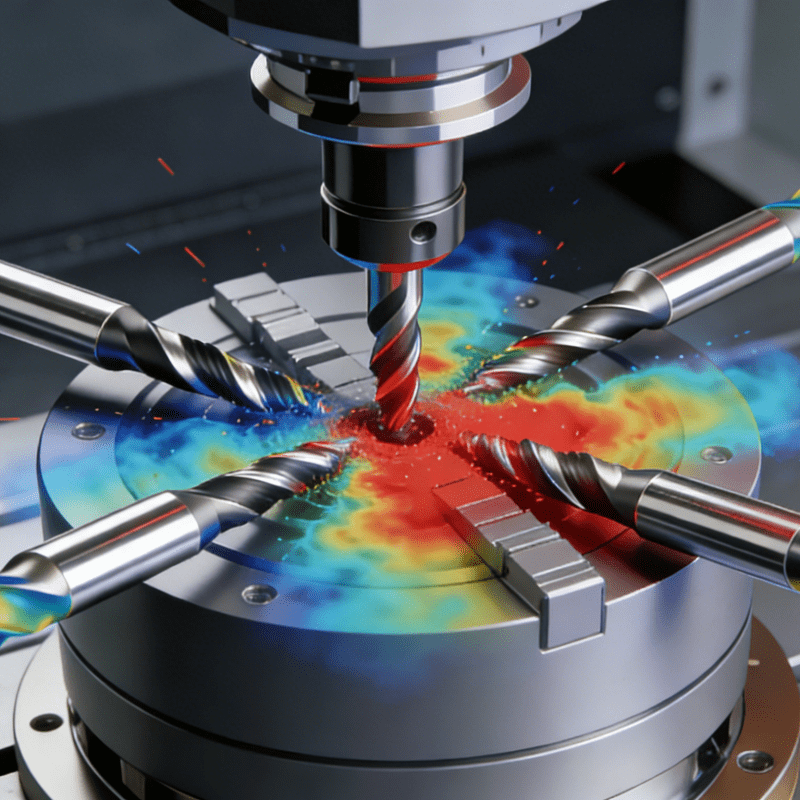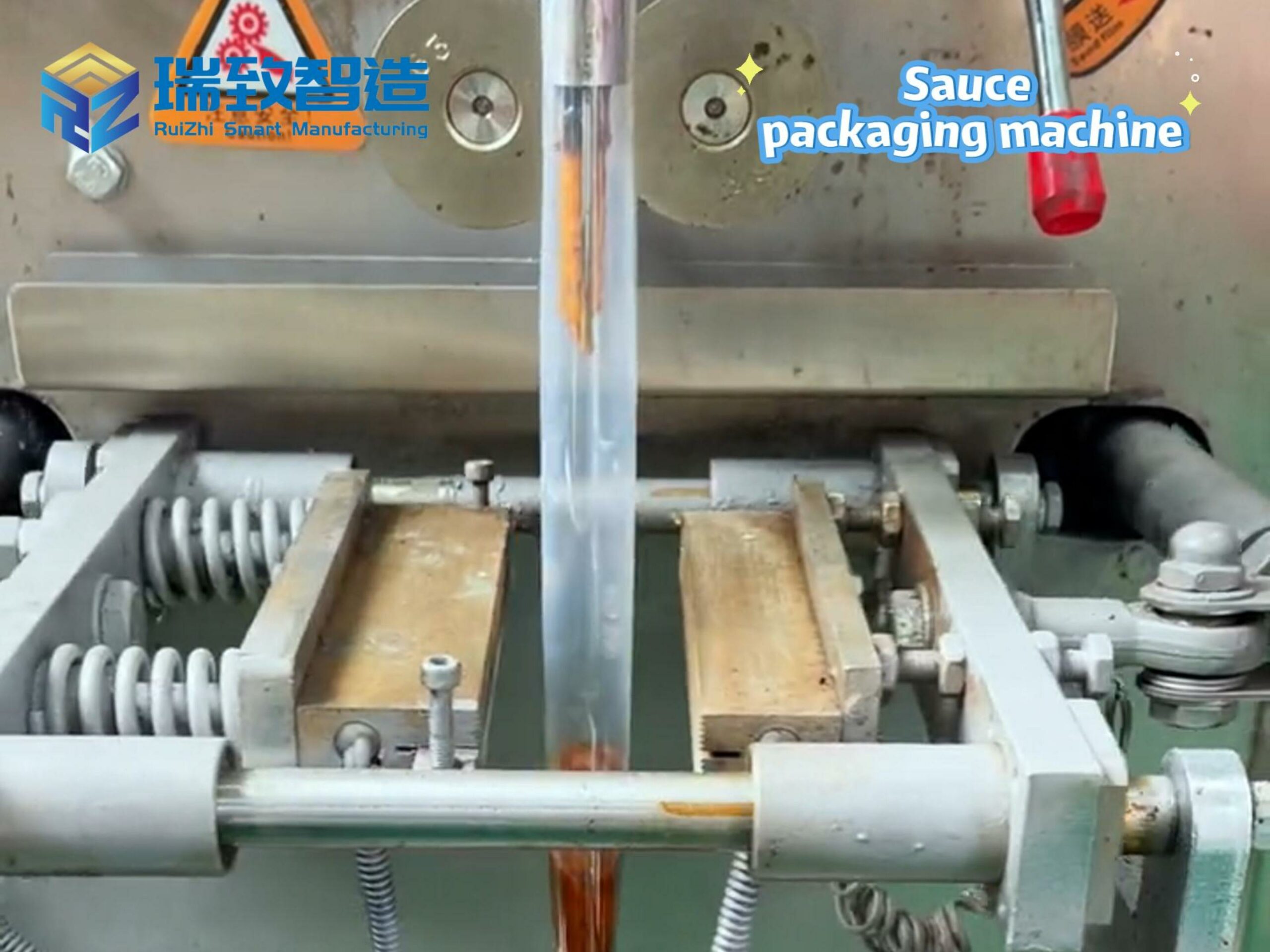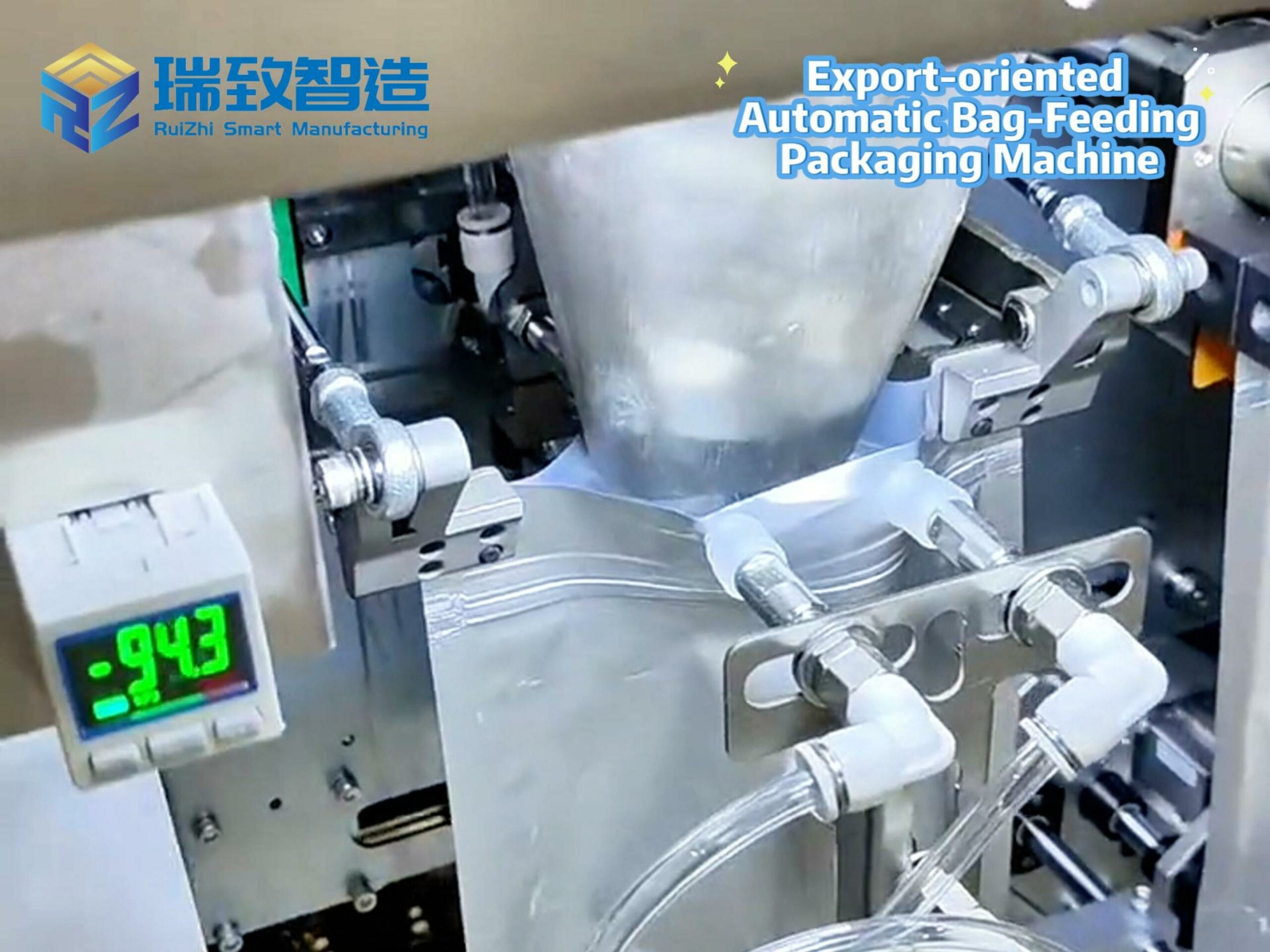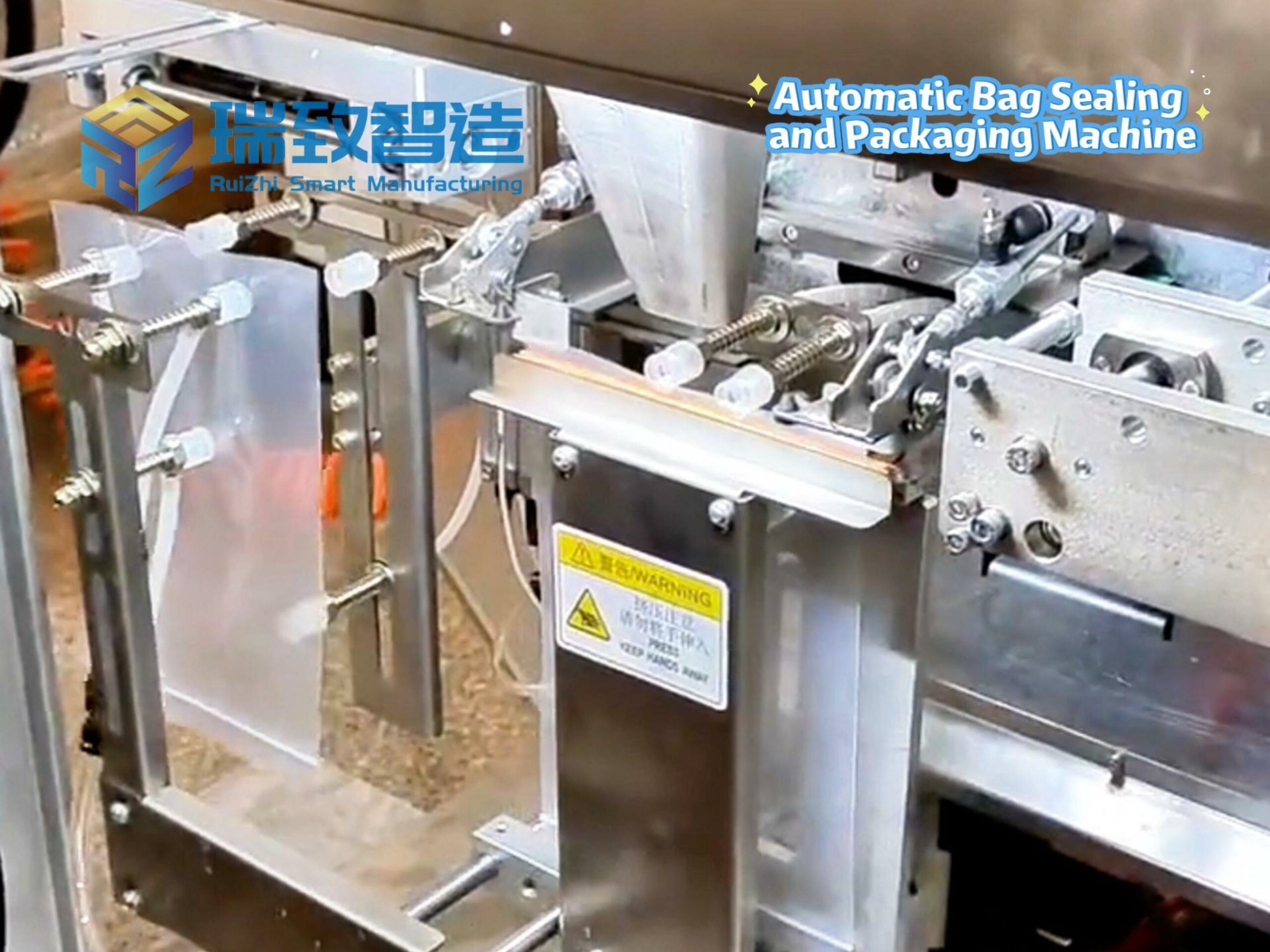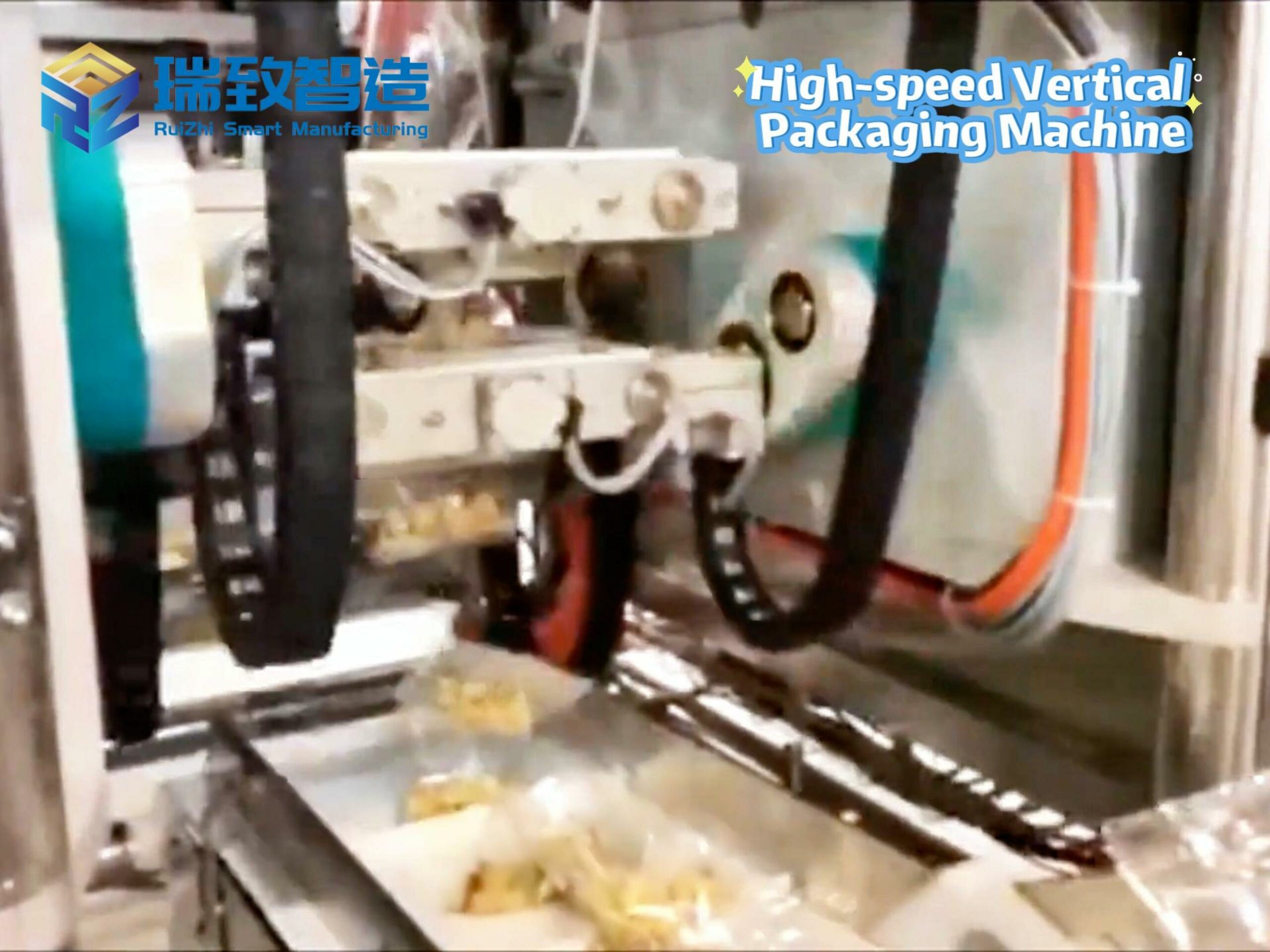
In the ultra-clean workshop of a semiconductor wafer factory in Shenzhen, an extremely precise automation scene is unfolding: a robotic arm grabs a 300mm-diameter silicon wafer with a repeat positioning accuracy of 0.001mm, and the pressure of the vacuum chuck is controlled at a critical value of 0.05 MPa to prevent damage to the wafer surface. All of this is carried out in an ISO Class 5 clean environment (where the number of particles with a diameter ≥ 0.1μm in each cubic meter of air is ≤ 100) — this is not a laboratory demonstration, but the daily operation of current industrial automation equipment in the field of precision manufacturing. The development of industrial automation has long surpassed the primary goal of “replacing manual labor” and is reconstructing the production logic of modern manufacturing in the form of “equipment interconnection + data-driven”.
From the perspective of technical core, the “intelligence” of modern industrial automation equipment is reflected in three dimensions.
Firstly, it is the ultimate evolution of the perception layer: traditional sensors can only detect basic parameters such as temperature and humidity, while the laser interferometers equipped in new-generation equipment can measure linear displacement in real time with an accuracy of ±0.5μm/m; visual inspection systems have a resolution exceeding 100 million pixels, capable of identifying 0.01mm scratches on the surface of workpieces; force-controlled sensors have a sampling frequency as high as 10kHz, which can capture instantaneous force feedback during assembly. After introducing 3D visual inspection into a certain automobile engine block production line, the detection error of cylinder bore roundness was reduced from 5μm to 1μm, and the defect rate dropped by 72%.
Secondly, it is the flexible breakthrough of the execution layer. The movement path of traditional automation equipment is fixed, and replacing products requires re-programming and debugging, which takes several hours. However, new equipment equipped with modular joints and parameterized algorithms can achieve rapid model change through pre-stored process databases. For example, a six-axis robot in a mobile phone shell processing factory only needs to call a preset parameter package when switching processing trajectories of different models, reducing the adjustment time from 4 hours to 8 minutes and increasing equipment utilization from 60% to 95%. More importantly, the “human-machine collaboration” model has matured: collaborative robots with safety light curtains and collision detection functions can work with workers at the same workstation. When detecting that a human body is approaching, they will automatically reduce the running speed to 0.2m/s, ensuring both efficiency and safety.
Finally, it is the data closed-loop of the decision-making layer. Industrial automation equipment is no longer isolated “executors” but connected to the MES system through industrial Ethernet (such as Profinet and EtherCAT), forming a three-level data network of “equipment – workshop – enterprise”. A coating machine in a lithium battery factory uploads 128 parameters such as speed, temperature, and pressure in real time. Based on machine learning algorithms, the system can predict the coating thickness deviation in 2 hours and adjust the scraper pressure in advance, increasing product consistency from 92% to 99.5%. This “predictive maintenance” model reduces equipment failure downtime by 60% and maintenance costs by 30%.
In specific scenarios, the value of automation equipment presents distinct industry characteristics. In the field of electronic manufacturing, automation equipment in SMT (Surface Mount Technology) production lines needs to cope with the challenge of “miniaturization”: the nozzle diameter of the placement machine is only 0.3mm, which can accurately pick up components with 01005 packaging (0.4mm in length and 0.2mm in width), completing 120,000 points of placement per hour, which is 500 times more efficient than manual operation. In the food packaging industry, automation equipment must balance “hygienic standards” and “flexible production”. A multi-head packaging machine in a chocolate production line can switch between 8 packaging specifications in a sterile environment, and the cleaning and disinfection process is fully automated, meeting the strict requirements of the FDA. In aerospace manufacturing, automated welding robots need to work in a low-temperature environment of -50℃, with the weld penetration control accuracy reaching ±0.1mm to ensure the tightness of rocket fuel tanks.
It is worth noting that “automation” and “flexibility” are not contradictory. The traditional view holds that automation equipment is only suitable for mass production, and manual labor is still relied on when facing small-batch and multi-variety orders. However, now, automated production lines equipped with digital twin technology can solve this pain point: through 3D modeling to preview the production process in virtual space and optimize equipment parameters in advance, a medical device manufacturer has realized mixed-line production of 10 different types of surgical instruments, reducing equipment switching time from 2 hours to 15 minutes and compressing the order delivery cycle by 40%. This “batch customization” capability is reshaping the competitive pattern of the manufacturing industry.
In the future, with the in-depth integration of 5G, edge computing, and AI, industrial automation equipment will move towards the stage of “autonomous evolution”: equipment can analyze operating data in real time through edge nodes and independently optimize cutting parameters to extend tool life; when abnormal vibration is detected, the AI diagnostic system can locate the bearing wear degree within 0.1 seconds and push maintenance plans; even equipment from different factories can share process data through the cloud to form a cross-regional intelligent manufacturing network. However, the ultimate goal of technology is always to serve people — to free workers from heavy repetitive labor and shift to more creative work such as process optimization and equipment operation and maintenance. This is the true value of industrial automation equipment.

